SUNDAY JOINT, 3-19-2023: I’M DRESSING YOU WITH MY EYES

Hey All,
It was the clothes, not the wave-riding, that caught everyone’s attention in Gidget. Or it was both. But mostly the clothes, I think, and the Gidget producers obviously had a lot of fun, without being mean about it, making fashion distinctions between Gidget’s parents (cardigan sweater and tie for Dad; long skirt and shellacked hair for Mom) and the surfers on the beach. Yes, the trunks we see onscreen are high-waisted by today’s standards, but they are nonetheless amazing in both color and design, custom made in Hawaii, I’d bet, by either M. Nii or Take. Gidget’s blue poncho is beach-casual perfection. The boards themselves spark fashion joy—one has a blue-green abstract finish, another has a life-size mermaid on the deck, another has hot-rod flames coming off the nose. Everything here on the beach looks young and fun and authentic.
If I’m a landlocked movie-loving teen in 1959, in other words, watching Gidget at the local Bijou in Madison or Topeka or St. Paul, I’m no doubt wowed by the surfing itself—but tractor-beamed by how these tanned California kids look and talk and move; how that one guy sits on the sand wearing nothing but a towel and a grin, and the other guy pops out of his beach shack in an unbuttoned ripped-at-the-shoulders dress shirt that is straight-up mocking the pressed and tucked-in shirt worn by Gidget’s dad in the previous scene.
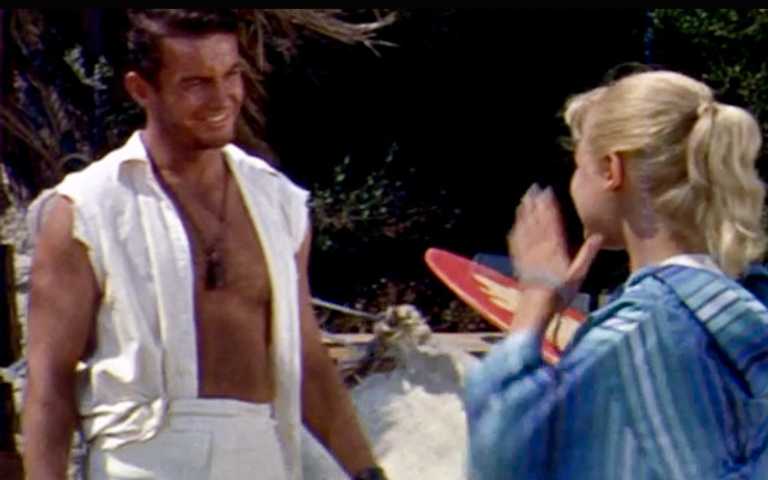
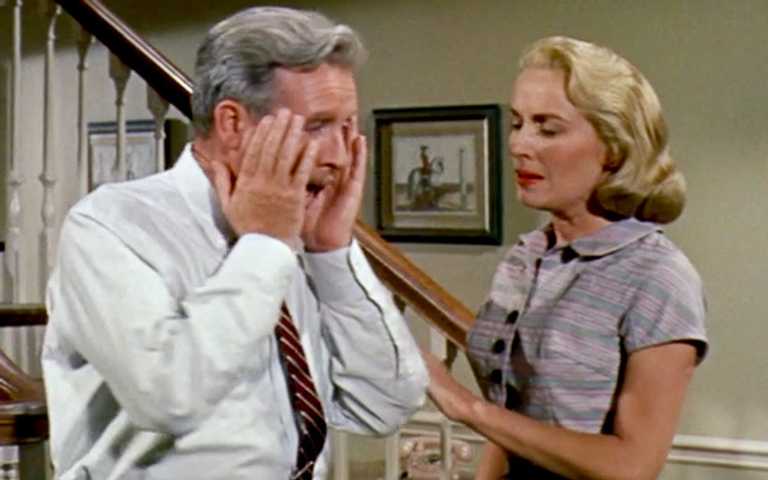
In 1959, I’d want it all. But because I’m in or Boise or Cedar Rapids, I’ll start with the clothes.
And that’s what happened.
Folks, we shot ourselves in the foot a few times on the way (if your March Madness Bad Beach Fashion bracket doesn’t have the 1967 Du Pont vest by Laguna vs the 1982 short-inseam Metalite trunks by Offshore in the finals, you’re not trying hard enough), but here we are in 2023 having pretty much 100% converted America and rest of the world to dressing casual. More skin. More cotton. Loose fit. We sacrificed for the greater good, lost our hip and our cool, and the style did not keep up with the casualness. But there can be no doubt that humanity dresses more comfortably today thanks to the Gidget surfers, who in turn were dressing like Barney Briggs and Dale Velzy and the rest of the Manhattan Beach Surf Club in their “cut-off whites”—and let us never forget that surf fashion started at the Army-Navy Surplus store and was paid for with pocket change and designed on the beach with nothing more than a pair of scissors.
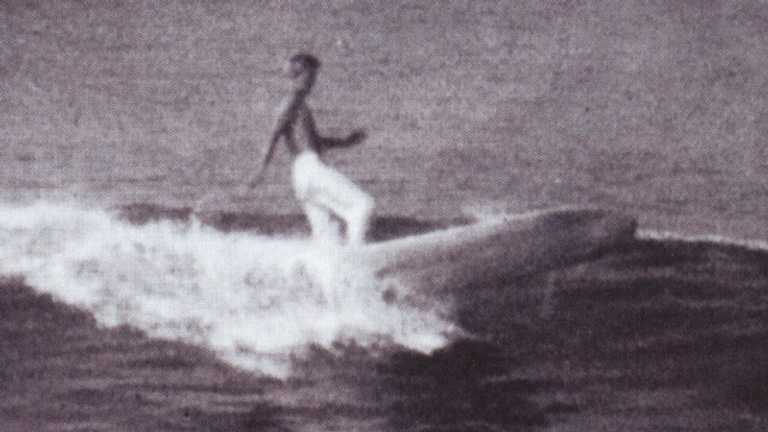
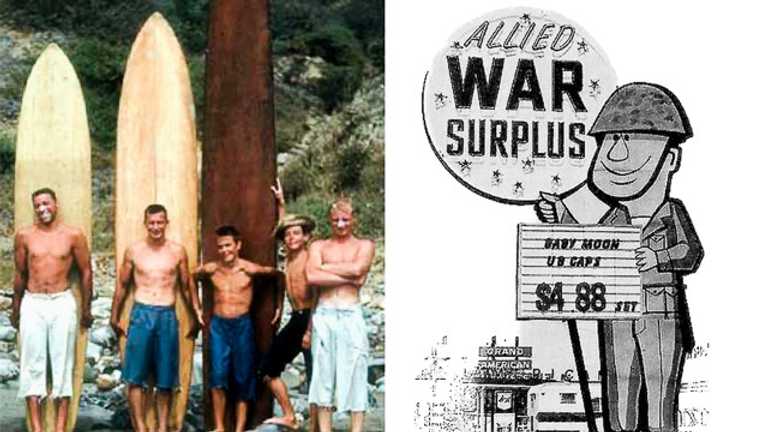
Of course, casual has its limits. I debated this very point, in print, 25 years ago. Shane Dorian hit the red carpet at that year’s SURFER Poll looking like a million bucks in flawlessly tailored Armani, and while I was more than half dashing myself in a vintage sharkskin coat and red-on-cream floral-print tie, I was jealous and impressed and filled with ambition to dress better. Then I read an LA Times article on Dorian published around the same time (this all took place during the run-up to In God’s Hands) and my dressy ambitions fell back like a time-lapse view of my hairline.
A few weeks ago I was idly paging through a 1964 issue of Surfing World, looking for pix of Dorothy de Rooy, and I came across an ad for “exclusive Surfer Cuff Links.” Given that surfers at that time were still grouped with bikers and beatniks and other societal gray-zoners, the ad’s all-caps header—“PROUD OF YOUR IMAGE?”—can be read in two ways:
YES, very proud indeed, I love surfing, here’s my two quid and a mailing address, cheers!
NO, we surfers need to stop bashing rockers and stop with the cheap wine and sex parties, and two quid for cufflinks is a small price to pay if it will help make the sport more respectable.
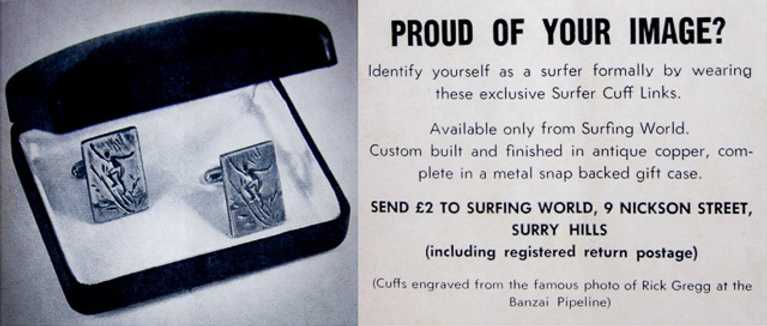
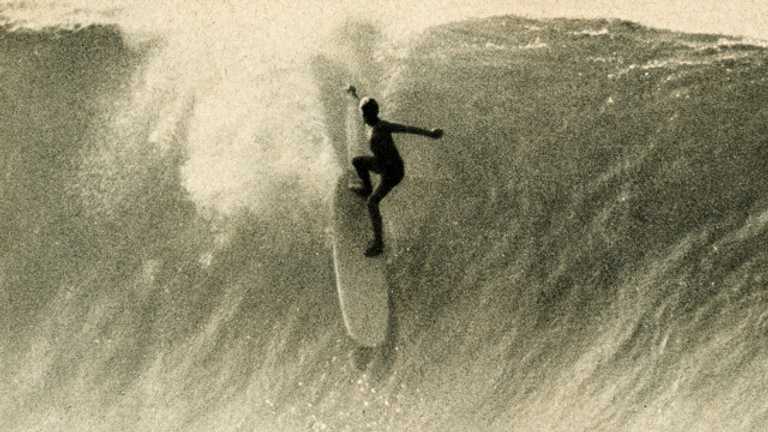
Sidebar: The ad notes that the spread-armed surfer engraved on the cufflinks’ antique copper face is “Rick Gregg”—Grigg—“at the Banzai Pipeline,” but I think they’ve confused Grigg with Mike Hynson, above. Easy mistake.
I bring this up not just because the cufflinks reminded me of Shane Dorian’s gorgeous formal attire at the ’98 Poll, and the odd twists and turns of surf fashion in general, but because it was one of the few times in recent years where, for a few moments at least, I urgently wanted to possess the thing I was looking at. This seems to be happening more often. I’m not covetous as a rule. I would love an original Charlotte Perriand couch to go with my knockoff Arco lamp, and that’s all I can think of off the top of my head. I don’t collect surf memorabilia, never have, and while half of me appreciates those who do, the other half will always group them with adult Pokémon card enthusiasts.
But last February, while scrolling Mark Fragale’s wonderful surf history Instagram, my eyes lit up when I saw this tiki statue, a 1960s Gilgo Beach landmark chainsaw-sculpted by NY surfboard factory worker Bill Burmeister, and if you put that thing side by side next to the Perriand sofa and ordered me to pick one—I’d take the couch but it would be a close thing.
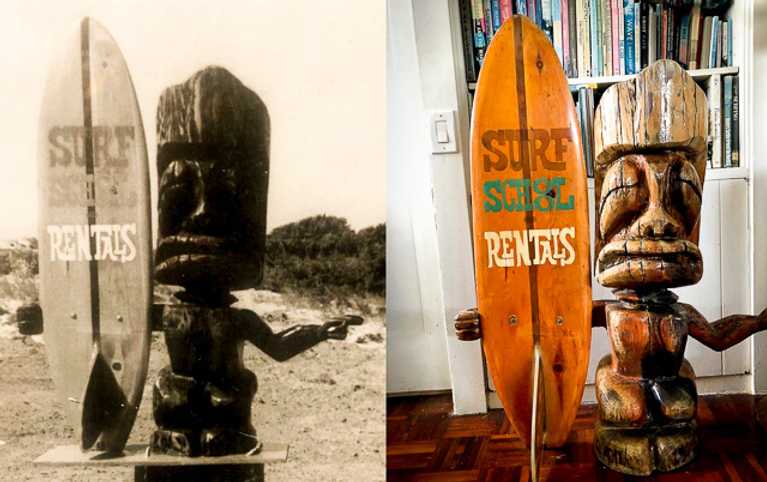
The cufflinks don’t tickle my desire like the tiki statue, but I’d nonetheless love to have those beauties in my bedstand drawer, next to the Phi Beta Kappa pin (cherished but never worn) and my heirloom Hamilton Turner watch (equally cherished, worn maybe every other year), and if I ever did have occasion to spring those babies from the box and snap them into an appropriate shirt, would I wear them quietly and secretively, the way Nuke LaLoosh wore women’s underwear beneath his Durham Bulls uniform to keep him in touch with his sexy? Or would I be out there shooting my cuffs so hard and so often you’d pity me for my undiagnosed Tourette’s?
The latter, I think.
Thanks for reading, and see you next week!
Matt
[Photo grid, clockwise from top left: vintage Army-Navy Store book of matches; 1982 Offshore surf team—Larry Blair, Mike Benevidez, Michael Ho, Chris Barella—in Metalite surf trunks; Charlotte Perriand bookcase; Tim Robbins as Nuke LaLoosh, in Bull Durham; M. Nii trunks; Gidget and Moondoggie tandem surfing. Cliff Robertson as Kahuna, and Sandra Dee as Gidget. Mary LaRoche and Arthur O'Connell as Gidget's parents. Bing Copeland surfing Manhattan Pier, around 1949. Manhattan surfers at Paddleboard Cove, Palos Verdes, early 1950s. Surfer cufflinks, 1964. Mike Hynson, Pipeline, 1961 or ’62, by John Severson. Tiki god made by John Hannon; color photo by Mark Fragale.]